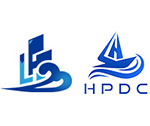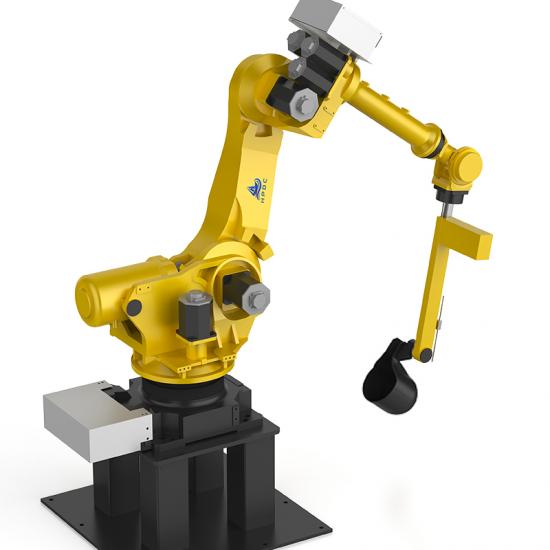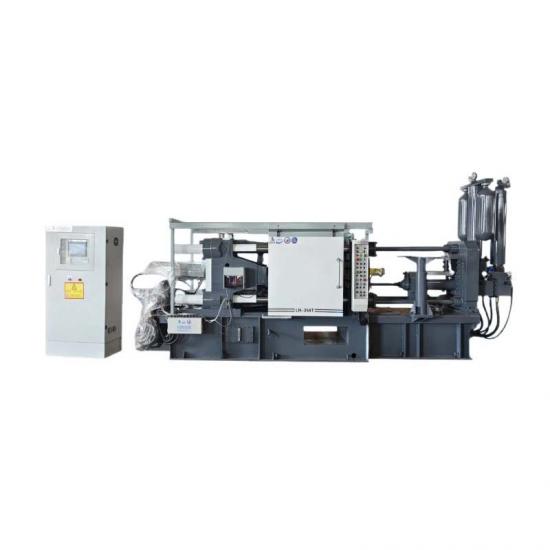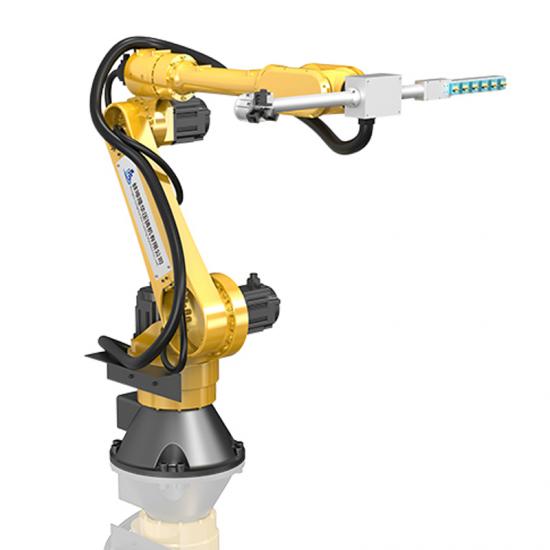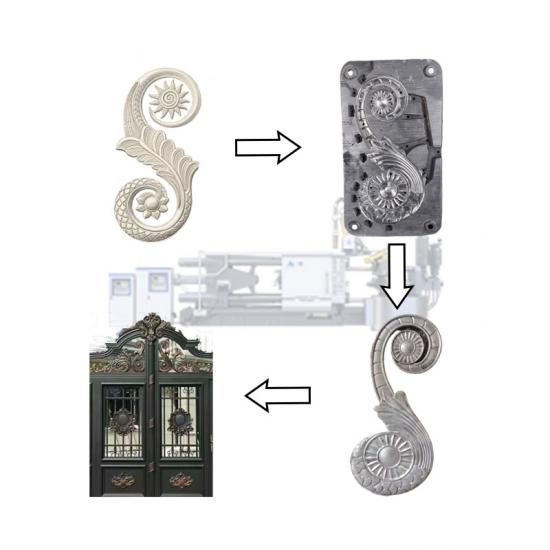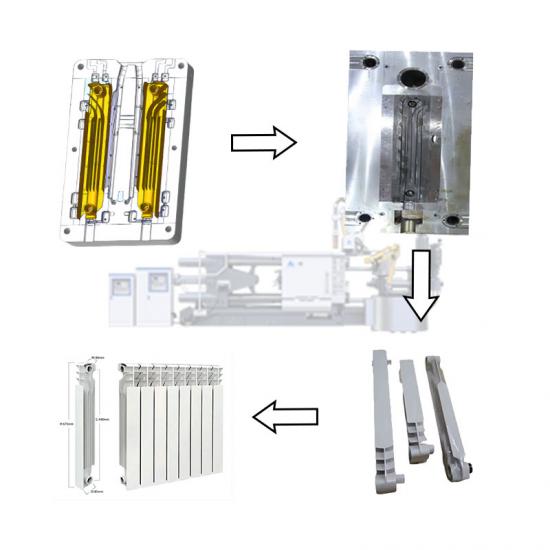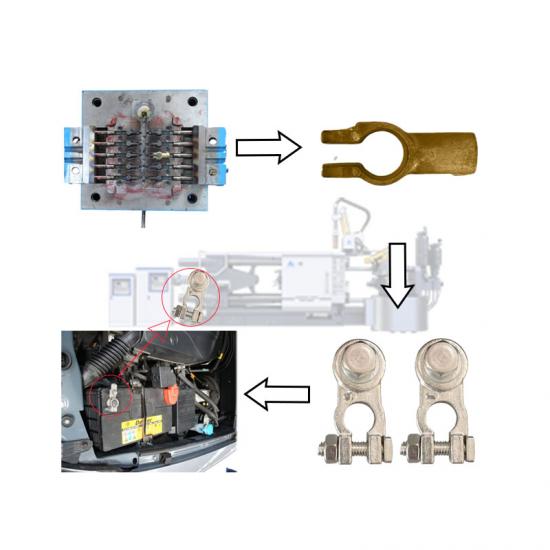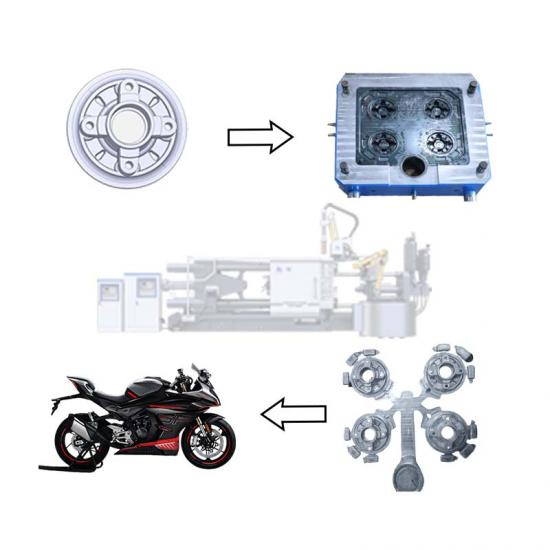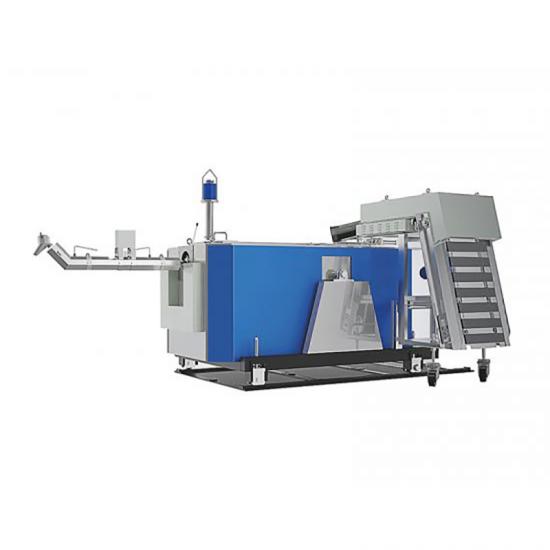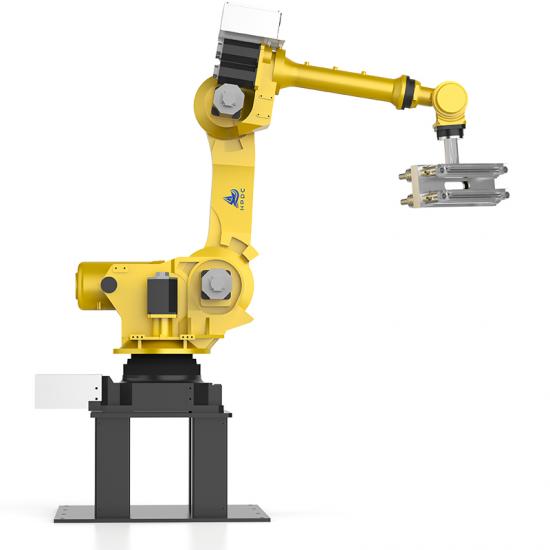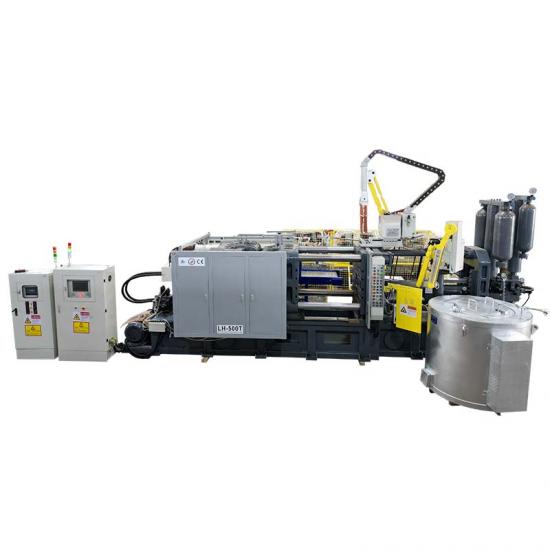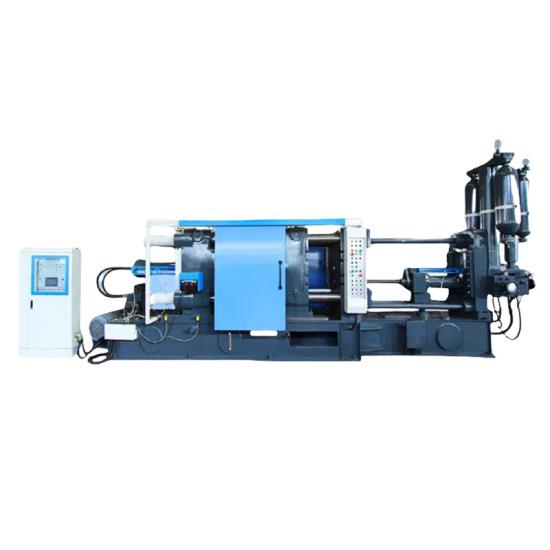Selecting the right crucible for your die casting machine is an important step to ensure an efficient die casting process and stable product quality. The following are the key factors in selecting a crucible:
1. Die casting materials and alloy types:
The first thing to consider is the type of die casting materials and alloys you commonly use, such as aluminum alloys, zinc alloys, magnesium alloys, etc. Different materials have different melting points and melting characteristics, so you need to select the corresponding crucible to ensure that these alloys can be properly heated and insulated.
2. Crucible capacity and production needs:
Choose a crucible with the appropriate capacity based on your production scale and the amount of metal liquid alloy required for each die casting operation. The capacity of the crucible should be able to meet your production batch size and frequency to ensure continuous production and efficiency.
3. Heating method and energy type:
Crucibles are usually heated by resistance heating or gas heating. Choose a heating method that suits your factory's energy supply and ensures that it can provide stable and efficient heating capabilities.
4. Durability and material selection:
The crucible needs to be resistant to high temperatures, wear and corrosion to withstand the high temperatures and erosion of metal liquid alloys in die casting operations. Selecting crucibles made of high-quality materials and refractory materials can extend service life and reduce maintenance costs.
5. Control system and automation capabilities:
Modern crucibles are usually equipped with advanced temperature and pressure control systems to ensure that metal alloys maintain stable process parameters throughout the heating and insulation process. Some crucibles also have automated control and data acquisition functions, which help improve the control and consistency of the production process.
6. Safety and environmental considerations:
Ensure that the selected crucible meets safety standards and considers its impact on the environment. Some crucible designs include exhaust gas treatment systems to reduce negative impacts on the environment and ensure the safety of operators.
7. Cost-effectiveness and comprehensive considerations:
Finally, choose the appropriate crucible based on budget and funding constraints. Consider the purchase cost, operating cost and maintenance cost to ensure that the investment can achieve long-term benefits and production advantages.
Taking the above factors into consideration, choosing a crucible suitable for a specific die casting process and production needs is one of the key factors to ensure die casting production efficiency and product quality. It is recommended to have a detailed discussion and evaluation with the die casting equipment manufacturer or an experienced engineer to obtain professional advice and support.
